“Show No Marcy” was the name we applied to the back of our daughter’s roller-derby-themed helmet. My husband and I figured that if Marcy needed to wear a helmet 23 hours a day for up to three months, we’d at least try to have some fun with the situation.
More and more often, you may see babies wearing strange helmets with a hole on the top. Did they have a head injury? Are they stunt doubles? What did those parents do wrong?
In actuality, these helmets are designed to reshape the heads of kids who have a flat spot on the back or side of their heads. This condition, called plagiocephaly (pley-jee-uh-sef-uh-lee), has become more common because of the importance of placing babies on their backs to help prevent SIDS (Sudden Infant Death Syndrome). The soft skulls of infants mold easily, so babies who lie in one position may develop this abnormal head shape. For the most part, minor to moderate plagiocephaly does not cause developmental problems. If the flattening is more severe, however, it can change the shape of the entire head and face, leading to eye imbalance and change in jaw shape.
There are many possible causes of plagiocephaly:
- Too little tummy time during wakefulness
- Too much time spent in car seats, infant carriers and strollers
- Cradling the infant on one side versus switching between right and left
- Restrictive intrauterine environment so the fetus is unable to adjust head orientation, often an issue with twins or low amniotic fluid
- Prematurity with a lot time spent in a Neonatal Intensive Care Unit (NICU) lying on back when the skull is most malleable
- Torticollis, a condition in which one or more of the neck muscles develops a tightness, causing the head to tilt or turn
In Marcy’s case, she had moderate plagiocephaly, caused by torticollis. No matter how much tummy time or placement of fun toys to her right, she’d always end up leaning slightly to the left side.
We first noticed a minor flat spot on the left side of the back of her head when she was 2 months old. We raised our concern to our pediatrician at literally every monthly check-up, but she didn’t think it was very noticeable. At Marcy’s six-month check-up, our pediatrician referred us to the hospital to fix the flattening.
The pediatrician referred us to the Division of Plastic Surgery at Cincinnati Children’s to address the flat spot as well as the Division of Occupational and Physical Therapy to treat the torticollis. The clinician who measured Marcy’s head said her imbalance was mild to moderate, so it was our choice whether to use a helmet or not. She would need to wear the helmet for 6 weeks up to 3 months depending on how quickly her skull reshaped. I was worried about Marcy being uncomfortable in the helmet, but knowing that it might take a month or two to treat the tightness of the muscles in her neck (and having the fear that she would one day wear lopsided pigtails), my husband and I opted for the helmet. It was a very good decision. The process to create and fit her unique-to-her helmet was painless and actually pretty cool. Marcy quickly got used to wearing the helmet and six weeks later her head was balanced and she was finishing up her physical therapy sessions.
I’m sure there are many stories like mine. Here’s my advice to parents:
- Raise your concerns with your pediatrician as soon as you notice any degree of flatness. Time is of the essence because the head is most malleable in the first 0-6 months, so it is easier and quicker to reshape the head in your baby’s first months.
- If the doctor does not think that you need to see a specialist, push back – you are your child’s advocate. You know your child best and your instincts are likely right. Doctors can be wrong sometimes! (This is applicable for any and all health concerns. Don’t be afraid to push back if you think they may be brushing off a valid concern or not listening to your child’s specific situation.)
- Have some fun decorating the helmet. If you aren’t feeling crafty, there are several online shops that specialize in fun helmet sticker designs (some have funny phrases like “just fixin’ my flat”, “you should see the other guy” and “every princess needs a crown”!). Here’s an example: www.blingyourband.com. Or if you’re in the Cincinnati area and would prefer to shop local, Bunches of Bows in Northern Kentucky can help. You can find them on Facebook. After you apply your stickers I’d recommend using Mod Podge or some sort of glossy sealer/finish to keep the stickers from rubbing off during helmet cleaning and normal wear and tear.
- Keep the helmet clean. After several days of wear, some helmets may start to smell funky. We kept a spray bottle of rubbing alcohol and scrubbed the interior of the helmet once a day with a toothbrush or a rag. Then dry it with a towel and let it dry completely before placing it back on your baby.
- Take pictures! Even though all parents likely feel some level of guilt or embarrassment, these weeks and months are an amazing time of development. Your baby is just as cute with a helmet as without, and your child will want to see those pictures when they’re older; it was a key part of his/her life that should not go undocumented.
- Don’t worry about removing the helmet for parties or other special events. Sometimes you just don’t want to have to explain plagiocephaly to everyone in the room. Your baby’s head won’t be ruined forever if the helmet is off for a few hours!
- Spread the word. Although plagiocephaly cannot always be avoided in cases of fetal positioning or torticollis, it can be prevented by limiting time on the back during wakefulness. Let your friends and family know that supervised tummy time and limitation of time in car seats and infant carriers can make all the difference in the world.
The moral of the story is that there is no shame in having a child with plagiocephaly, and if a helmet is recommended, go for it. This is a common condition, and as my husband asked me when I was worrying about Marcy’s comfort in the helmet, “Are you concerned about Marcy or about how others will view you when she’s in her helmet?” It really made me realize that, although I was genuinely concerned for Marcy’s comfort, I was selfishly concerned about being judged by other parents. That made the decision crystal clear, and, thanks to the great clinical team at Cincinnati Children’s, Marcy’s pigtails will be beautifully level one day.

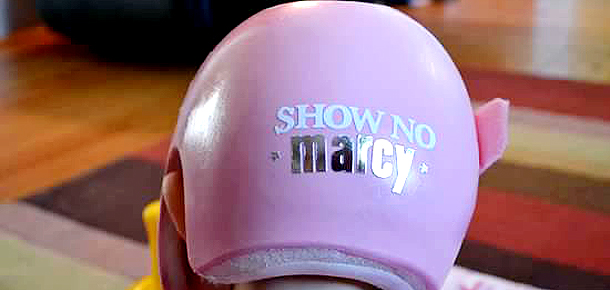
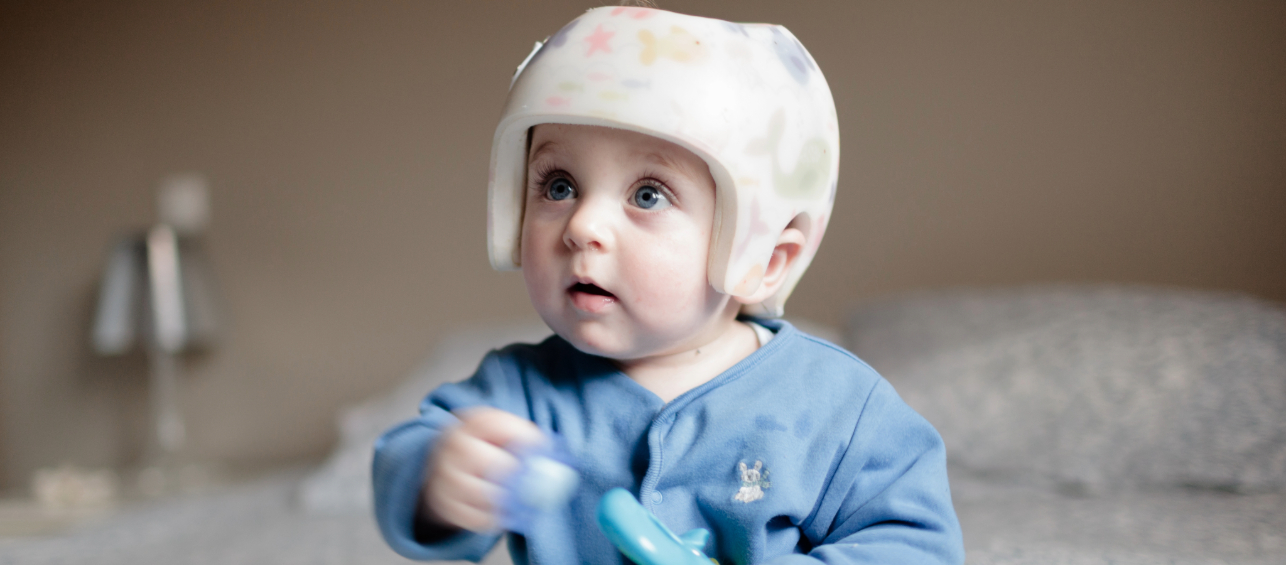
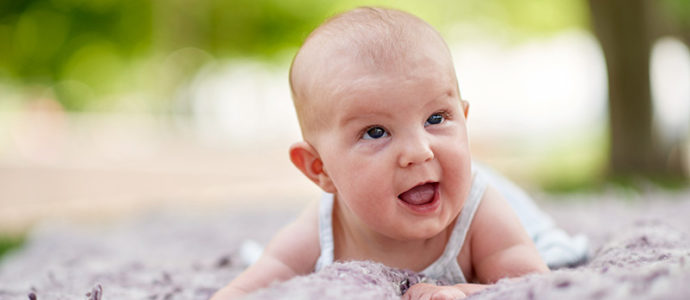
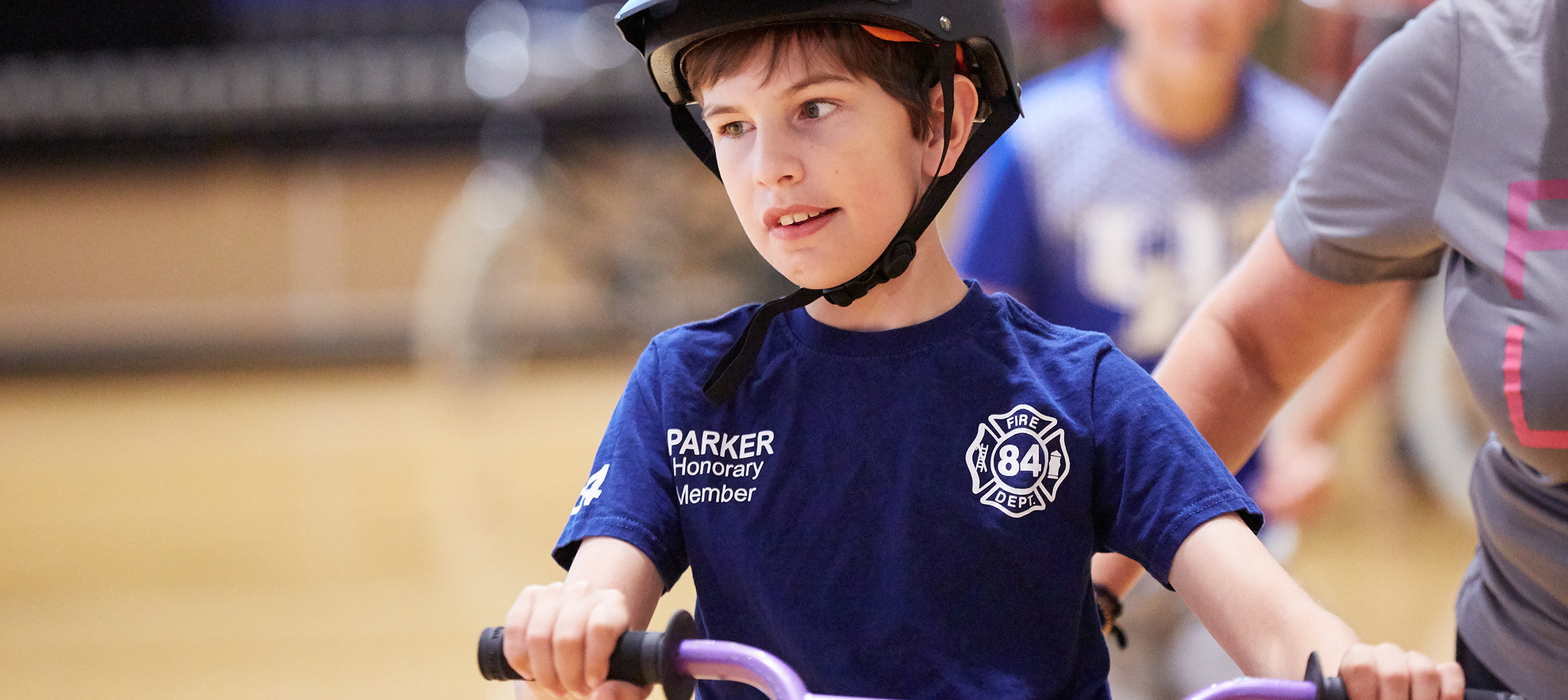
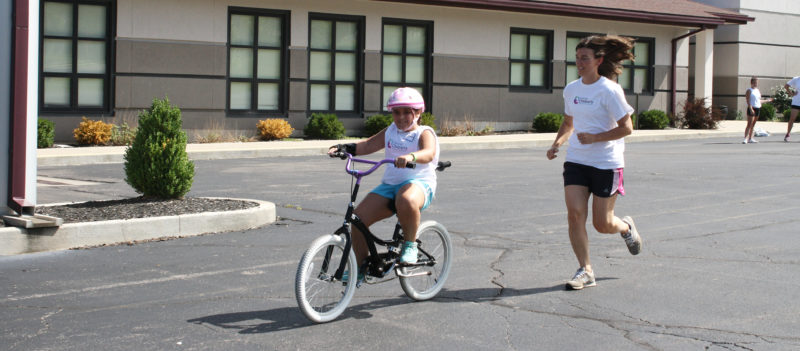

Great article Emily; very informative but did not create an unnecessary cause for alarm. I plan to share this information with my nephew, who has a new born.